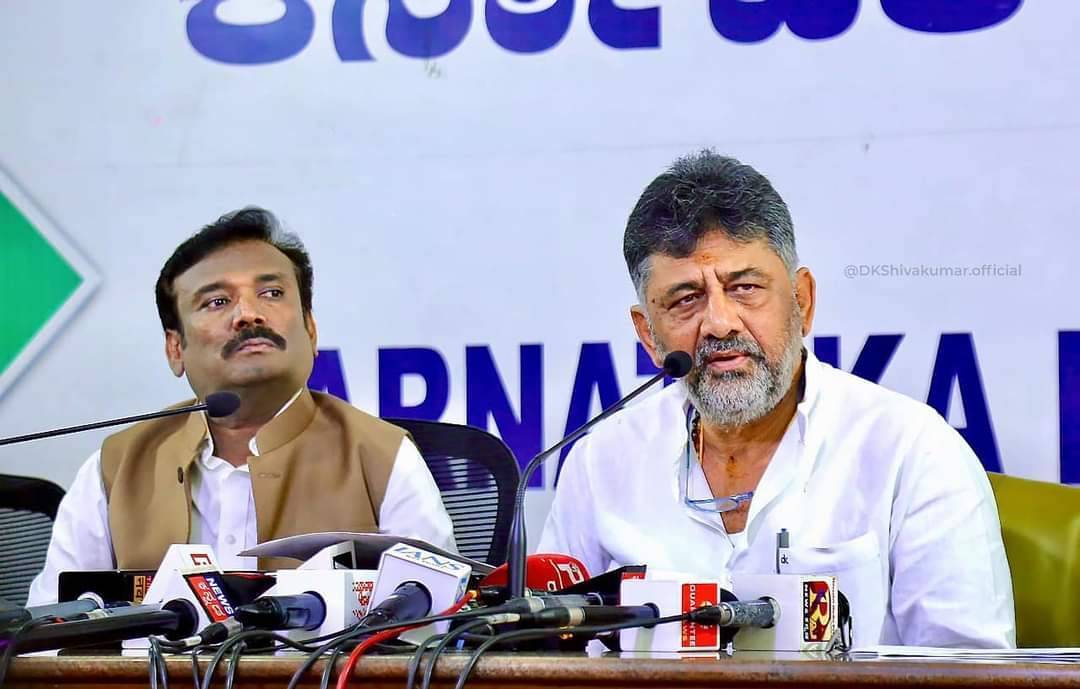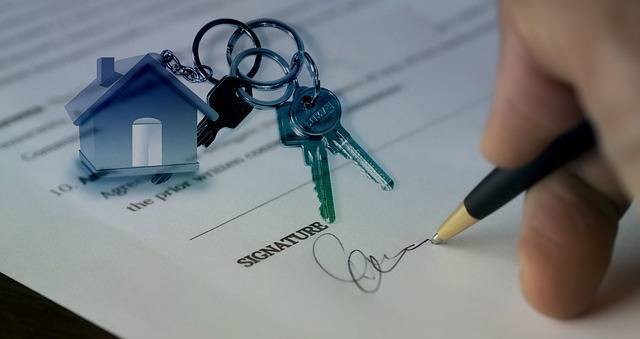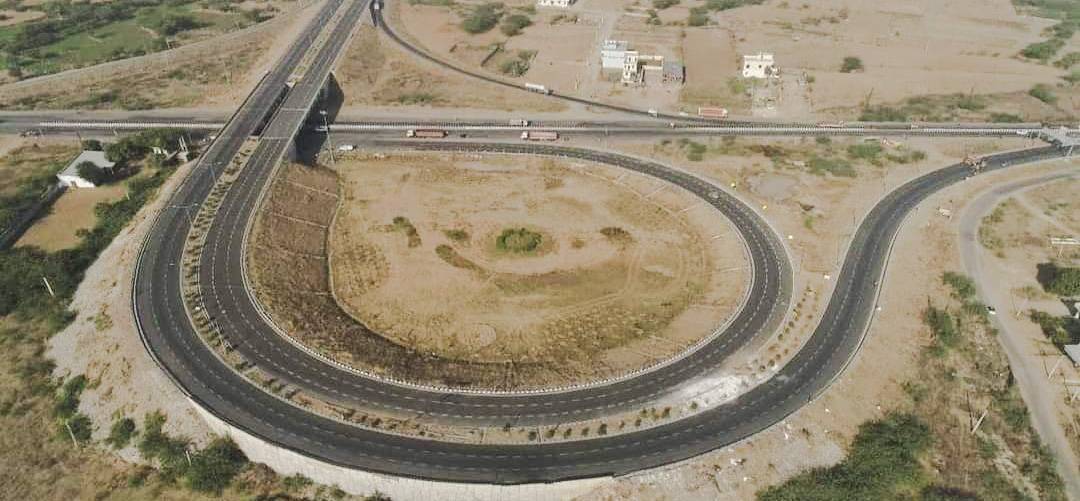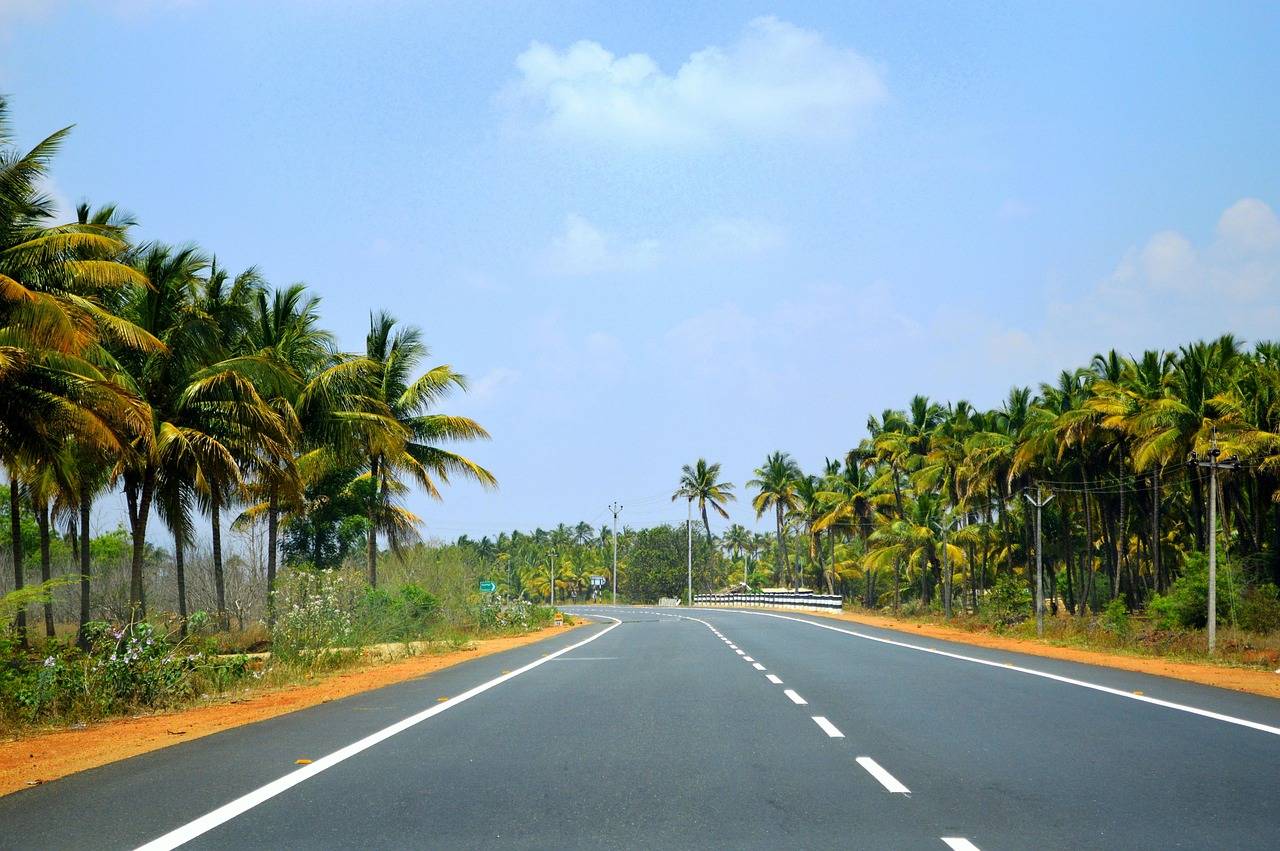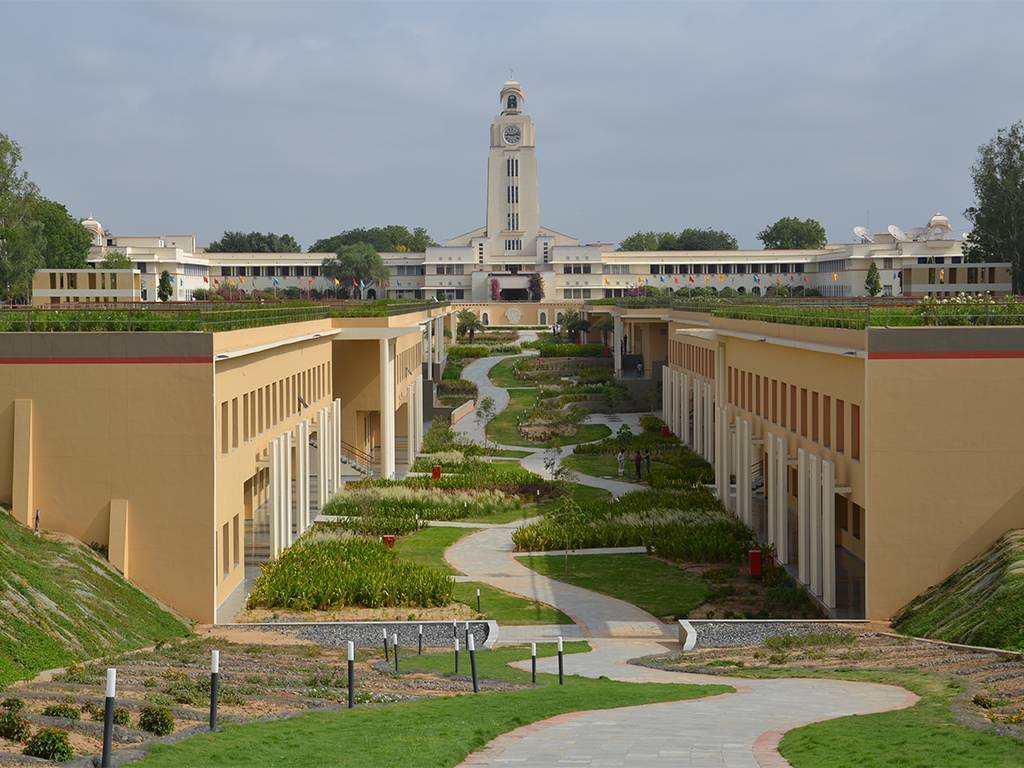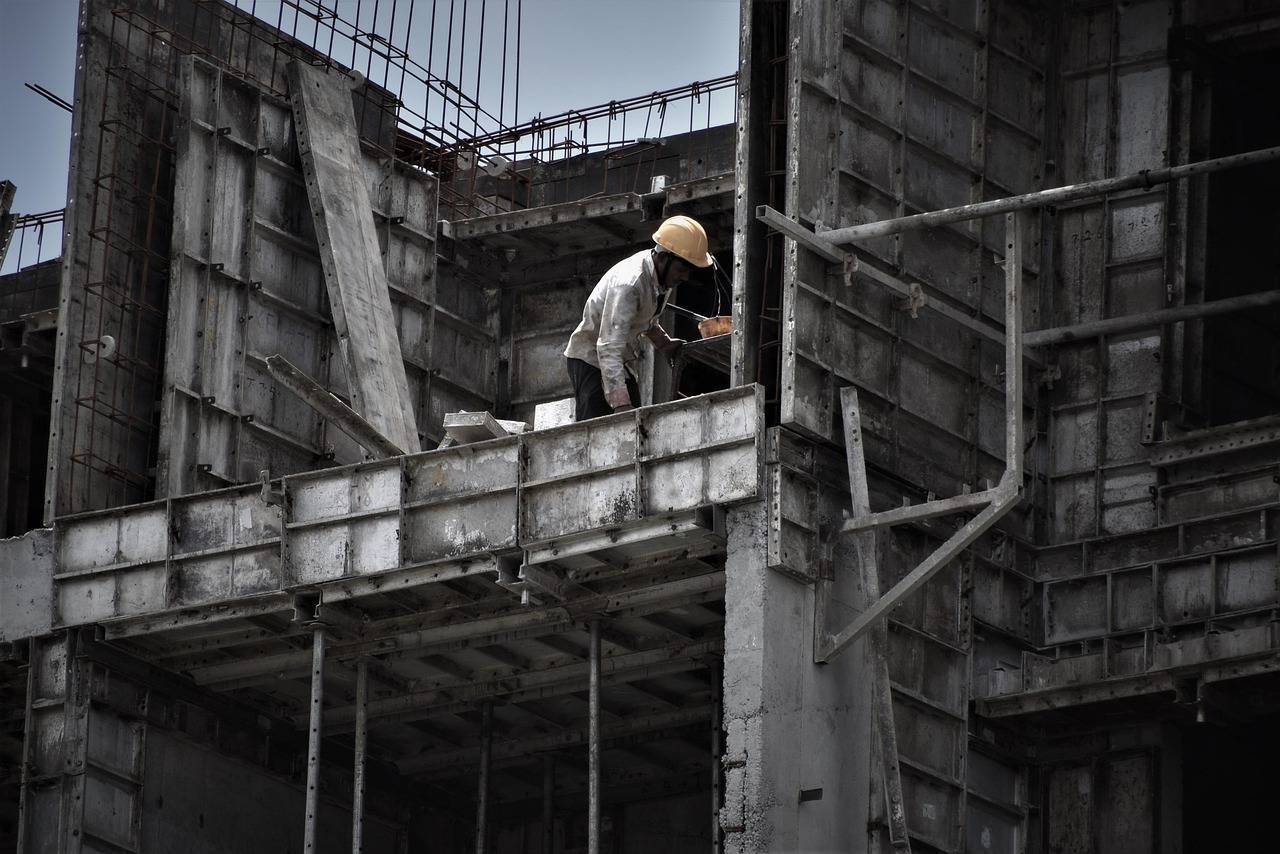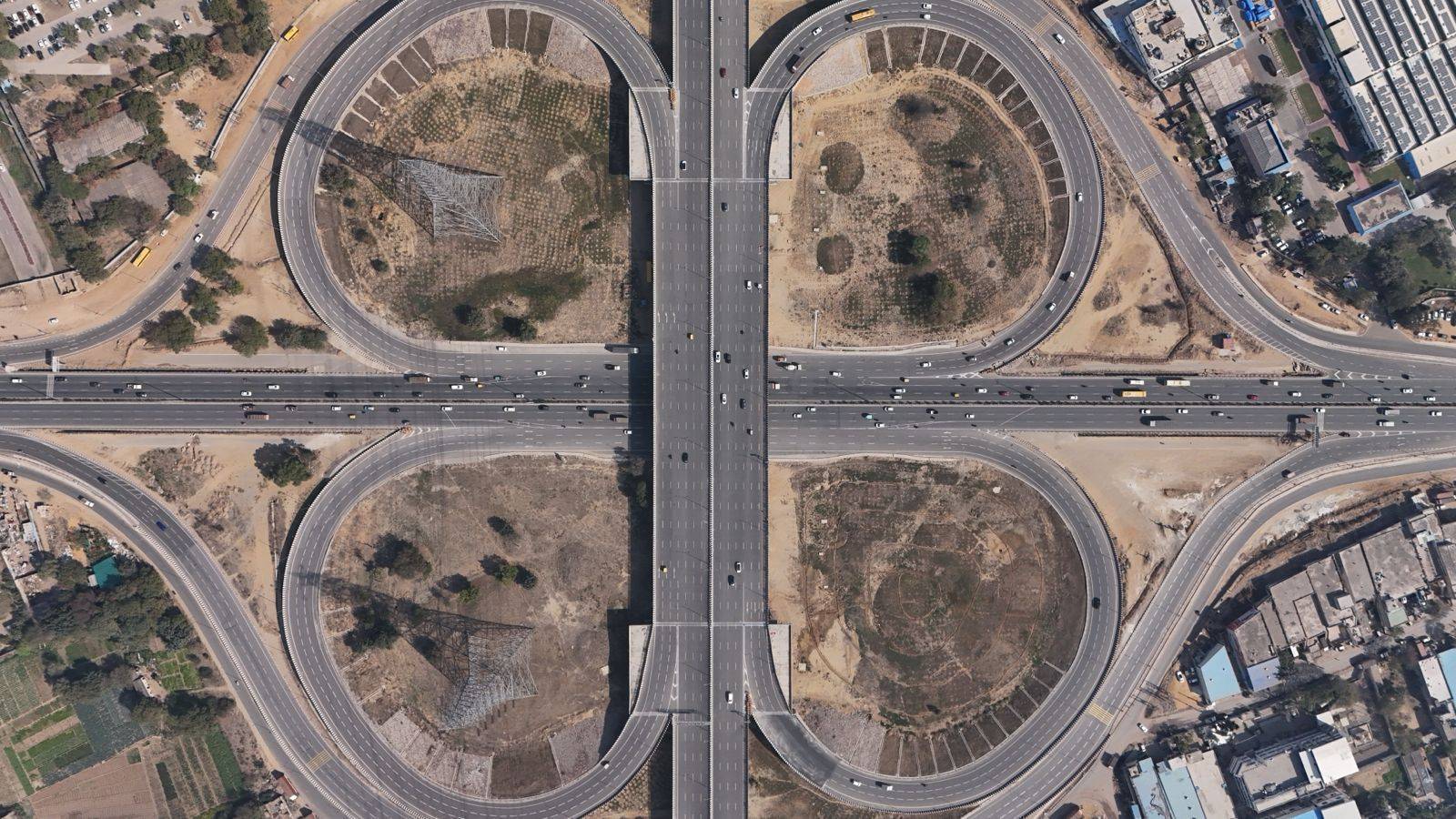Bengaluru, India's IT powerhouse, is set to embark on a transformative urban expansion with the revival of a long-standing proposal to develop integrated townships on the city’s outskirts. The Bangalore Metropolitan Region Development Authority (BMRDA) has reignited this ambitious plan, targeting the transformation of suburbs such as Bidadi, Solur near Magadi, and Nandagudi in Hoskote into self-sufficient, sustainable communities. Spearheaded by Karnataka's Deputy Chief Minister D K Shivakumar, who oversees Bengaluru's development, this initiative highlights the government’s commitment to bolstering the city’s infrastructure and meeting the demands of its rapidly growing population.
The Townships: Locations and Strategic Importance
The three regions selected for this massive project—Bidadi, Solur, and Nandagudi—are strategically located to leverage existing and upcoming infrastructure developments. Bidadi, identified as the pilot site, is particularly attractive due to its proximity to four major highways, making it a logistical hub. It is also connected to the Satellite Town Ring Road (STRR), which is set to enhance accessibility to and from the township. The choice of Nandagudi is equally strategic, given its location along the Bengaluru-Chennai Expressway, which is currently under construction. This expressway is expected to become a major transportation artery, further boosting the town’s connectivity and economic prospects. Solur’s selection is based on its closeness to Nelamangala and Bengaluru, making it an ideal candidate for integrated development.
The Revival of an Old Proposal
The idea of developing integrated townships in these regions is not new. It was first proposed in 2006 during the tenure of then-Chief Minister H D Kumaraswamy. The original plan included five suburbs—Ramanagara and Sathanur were also part of the proposal—but it stalled due to a change in government. Despite being part of Bengaluru’s master plan, the project faced numerous delays, and discussions around it died down just before the Covid-19 pandemic. However, the current government has shown renewed interest in this proposal, with the BMRDA taking concrete steps to move the project forward.
Steps Towards Implementation
To kickstart the project, the BMRDA has initiated several preparatory activities. One of the first steps is the feasibility study for extending the Namma Metro to these three regions, a crucial element for ensuring connectivity and accessibility. The BMRDA has also reached out to the Bangalore Water Supply and Sewerage Board (BWSSB) to create the necessary infrastructure for providing potable water to the new townships.
On the land acquisition front, the BMRDA has sought approval from the state government to notify a significant parcel of land for this purpose. Concurrently, a Detailed Project Report (DPR) is being prepared, and the Bengaluru Urban district administration has been tasked with conducting a social impact assessment study. The aim is to ensure that the development is not only economically viable but also socially responsible.
Deputy Chief Minister D K Shivakumar’s involvement is expected to give the project the political backing it needs, ensuring that it does not face the same fate as the earlier proposal. The BMRDA has already deployed three land acquisition officers to lay the groundwork and is in the process of creating an engineering wing. The project file is currently awaiting approval from the finance department, and the authority is in discussions with financial institutions to raise the necessary funds.
The Role of the Greater Bengaluru Development Authority (GBDA)
The revival of this proposal also coincides with the recent creation of the Greater Bengaluru Development Authority (GBDA) by the Siddaramaiah-led government. The GBDA was established to undertake development works in the BMRDA region, which spans over 8,000 square kilometers and includes 12 local planning authorities. Similar to the Bangalore Development Authority (BDA), the GBDA is expected to play a crucial role in land acquisition and engineering works for the proposed townships.
Challenges for Project Development
Despite the renewed focus and political will, the project faces several challenges. Funding remains a significant hurdle, as integrated townships require substantial investment in infrastructure and services. An urban planner familiar with the project noted that while the townships are notified in the master plan, they will need strong financial backing and continuous support from the state’s leadership to become a reality.
The next few months will be crucial as the BMRDA finalizes the DPR, completes the land acquisition process, and secures the necessary funding. The successful implementation of the Bidadi township as a pilot project will likely pave the way for the development of the other two regions, setting a new benchmark for urban planning in Bengaluru.
Way Forward
The revival of the integrated township proposal by the BMRDA represents a significant step towards addressing Bengaluru’s urban sprawl and infrastructure challenges. If executed effectively, these townships could become models of sustainable development, offering a balanced mix of commercial and residential spaces while easing the pressure on the city’s core. As the project progresses, it will be closely watched by urban planners, developers, and residents alike, all of whom have a stake in the future of Bengaluru.

